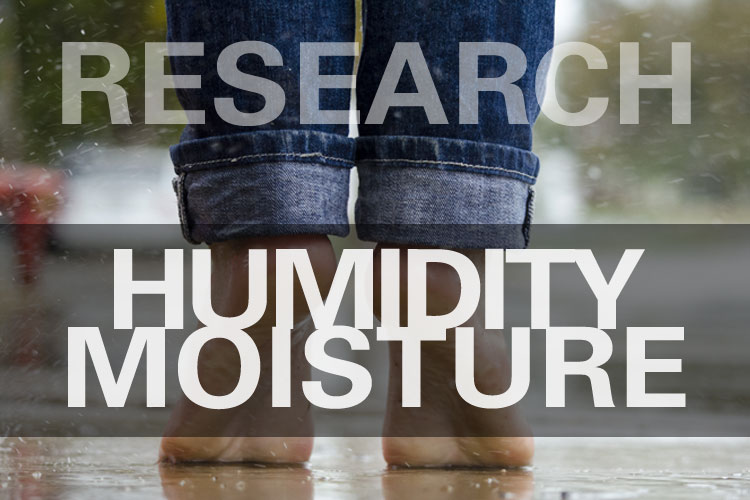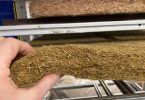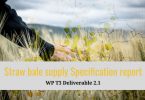Crop-based materials show many qualities in the quest for construction products with low environmental impact in the construction sector. Their ability to exchange moisture with indoor air offers new opportunities for improving interior user comfort and eventually buildings’ energy performance. Modeling their hygrothermal behavior has thus focused much attention, one of the main objectives being to assess more objectively the resulting performance at building scale. The first natural step in this modeling process is to understand the specific dynamics of heat and mass transfer within such materials. The Building Element Heat Air and Moisture (BEHAM) numerical models were designed to accurately predict internal conditions encountered in materials with partial balance equations. This envelope-based approach, however, requires knowing the interior and exterior climate conditions prior to the study. Therefore, it forbids any assessment of mutual exchange between the envelope to the indoor air and prevents any serious validation of the overall performance of materials.
In response to this problem, the importance of developing a whole building hygrothermal model has recently been raised. General scientific computational tools like MATLAB seem particularly adapted to perform this scaling-up, given their high flexibility and tools integration potentialities. In this communication, we study a prefabricated straw bale panel subjected to two distinct and simple solicitations in a climatic chamber. A whole building hygrothermal model developed in MATLAB is then validated with the experimental datasets. The evolution of indoor conditions under the different tests is analyzed in detail with an assessment of straw bales’ performance.
Authors:
- Samuel Dubois
- Arnaud Evrard
- Frédéric Lebeau





